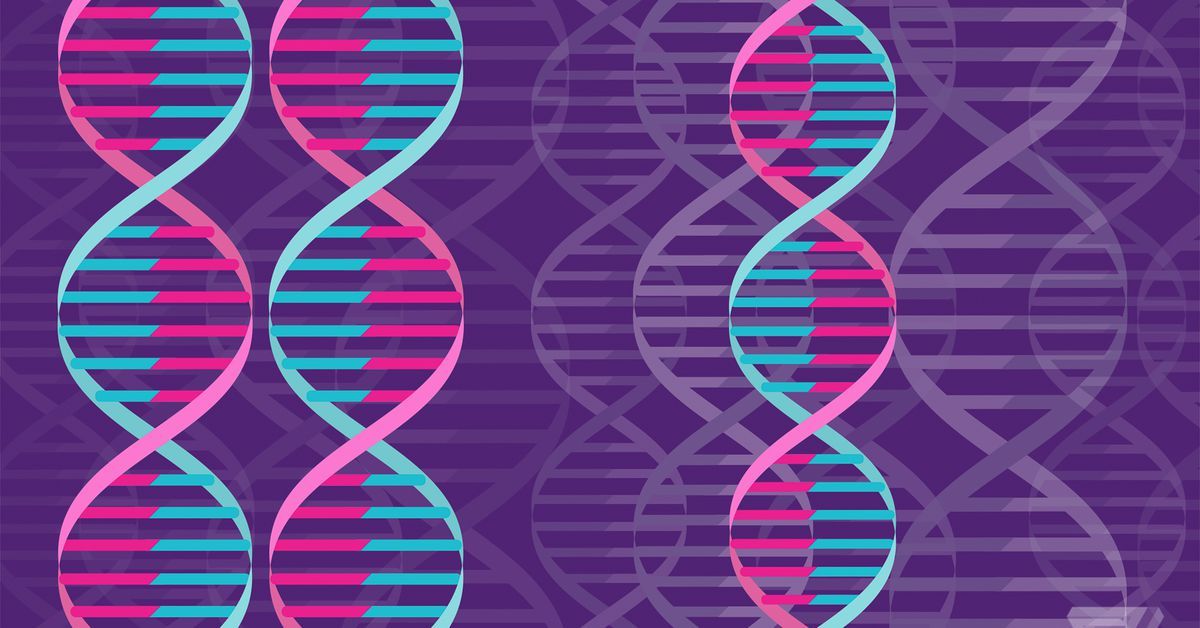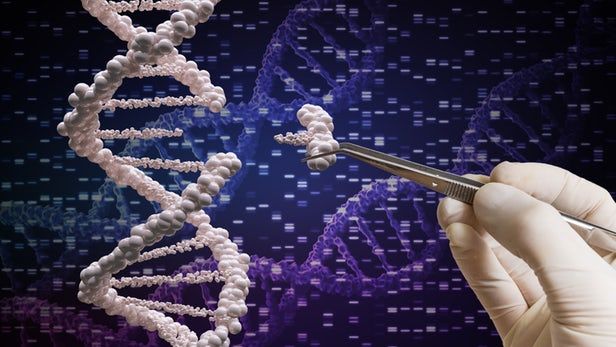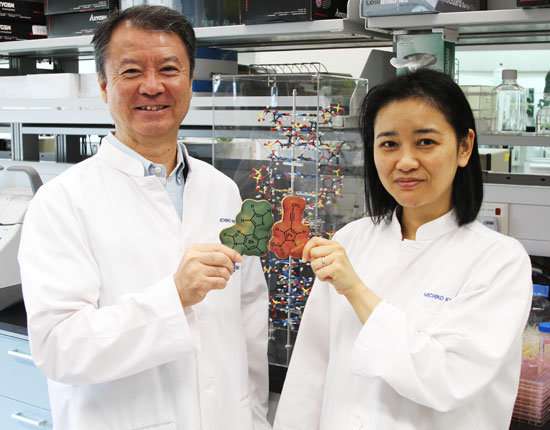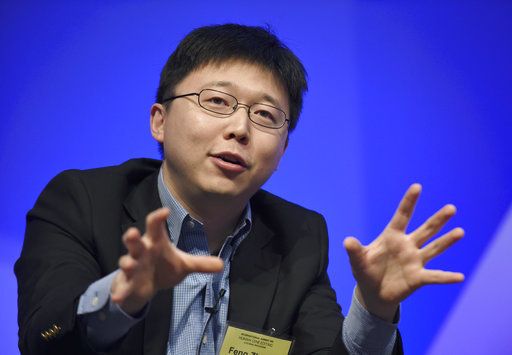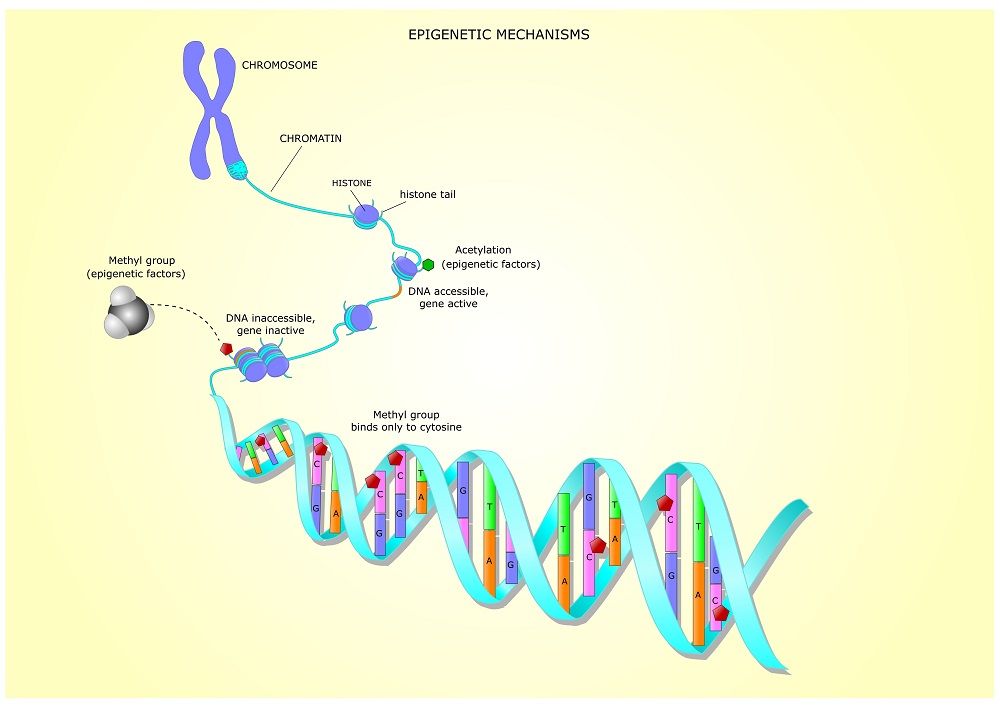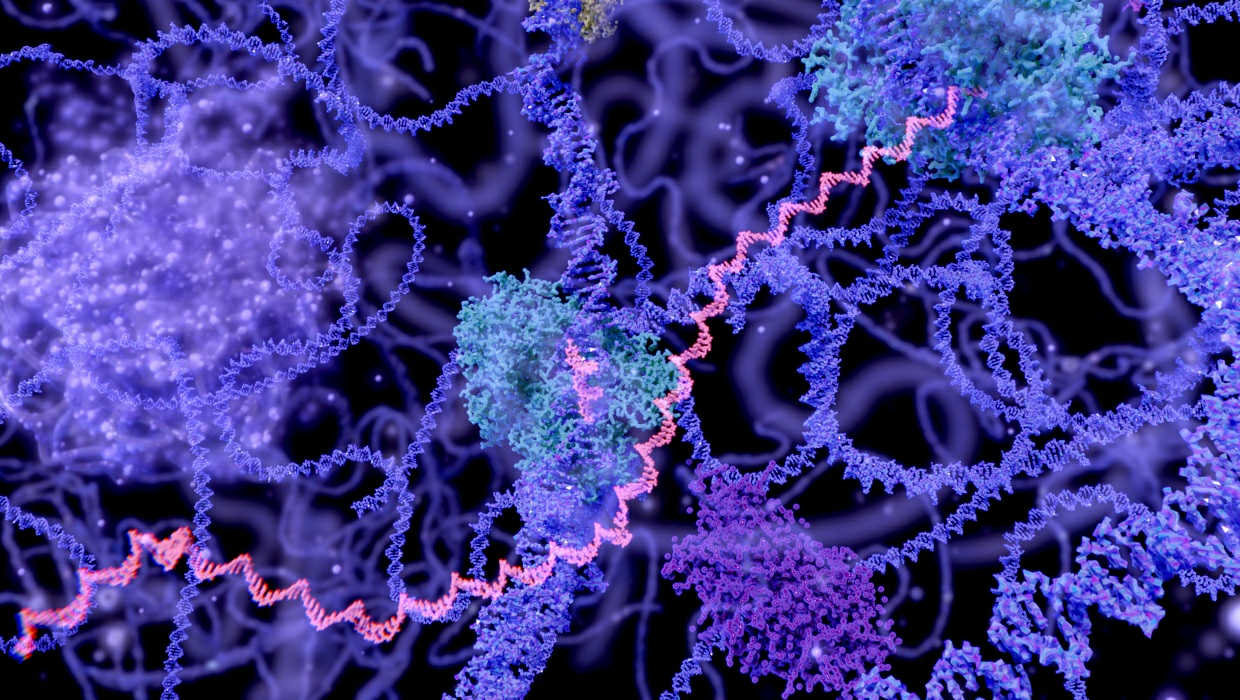Archive for the ‘genetics’ category: Page 374
Oct 29, 2017
New CRISPR tools enable extraordinarily precise gene editing in human cells
Posted by Shailesh Prasad in categories: bioengineering, biotech/medical, food, genetics
Over just a few short years the CRISPR gene-editing technique has revolutionized science, affecting everything from medicine to agriculture. Two new breakthrough studies have just been published describing dual methods that make the process more precise and efficient paving the way for scientists to safely alter DNA mutations that cause thousands of different human diseases.
CRISPR is conventionally a cut-and-paste tool allowing scientists to chop out unwanted strands of DNA and insert new genes, but a large volume of human diseases are caused by a single point mutation somewhere in a person’s DNA. Up until now scientists have not been able to simply and directly erase or rewrite these single mutations in living human cells.
Our human genome consists of 3 billion base pairs made up of chemical units referred to by the letters A, C, G and There are 50,000 known genetic mutations that are linked to disease in humans and 32,000 of these are single point mutations. Half of those single point mutations have been identified as a G-C pair that has mutated into an A-T pair.
Oct 27, 2017
Researchers create new ‘letters’ to enhance DNA functions
Posted by Ian Hale in categories: bioengineering, biotech/medical, genetics, nanotechnology
Just like how letters are strung together to form words, our DNA is also strung together by letters to encode proteins. The genetic alphabet contains only 4 natural letters — A, C, G and T, which hold the blueprint for the production of proteins that make our bodies work. Now, researchers from the Institute of Bioengineering and Nanotechnology (IBN) of the Agency for Science, Technology and Research (A*STAR) have created a DNA technology with two new genetic letters that could better detect infectious diseases, such as dengue and Zika.
Genetic alphabet expansion technology is the introduction of artificial base pairs into DNA. The existing four genetic letters are naturally bound together in base pairs of A-T and G-C. These specific base pair formations are essential in DNA replication, which occurs in all living organisms. It is the process by which a DNA molecule is duplicated to produce two identical molecules.
“The expansion of the genetic alphabet is a significant scientific achievement. It sheds insights into DNA’s natural replication mechanism, which will help us to design unique DNA molecules and technologies. For example, our technology can be used to create novel diagnostics and therapeutic agents with superior efficacy,” said IBN Executive Director Professor Jackie Ying.
Oct 26, 2017
The Nootropics Community Is Using 23andMe to Match Smart Drugs to Their DNA
Posted by Ian Hale in categories: biotech/medical, genetics, neuroscience
There are multiple software options that analyze your genetic data and make recommendations on which supplements you should be taking.
Oct 26, 2017
Scientists working toward reversible kind of gene editing
Posted by Montie Adkins in categories: bioengineering, biotech/medical, genetics
Scientists are altering a powerful gene-editing technology in hopes of one day fighting diseases without making permanent changes to people’s DNA.
The trick: Edit RNA instead, the messenger that carries a gene’s instructions.
“If you edit RNA, you can have a reversible therapy,” important in case of side effects, said Feng Zhang of the Broad Institute of MIT and Harvard, a gene-editing pioneer whose team reported the new twist Wednesday in the journal Science.
Oct 25, 2017
Octopuses Edit Their Genetic Code Like No Other Animal
Posted by Amberley Levine in categories: evolution, genetics
Cephalopods can make sweeping changes to their RNA, favoring individual adaptations over species-level evolution.
Oct 17, 2017
Hallmarks of Aging: Epigenetic Alterations
Posted by Steve Hill in categories: biotech/medical, genetics, life extension
This is the second part of our ongoing series of articles that discuss the Hallmarks of Aging. Published in 2013, the paper divides aging into a number of distinct categories (“hallmarks”) of damage to explain how the aging process works and how it causes age-related diseases[1].
Today, we will be looking at one of the primary hallmarks, epigenetic alterations.
Oct 17, 2017
The Epigenome in Cancer and Disease
Posted by Brady Hartman in categories: biotech/medical, genetics, life extension
Describes the epigenetic role in aging, cancer and disease as well as drugs that are targeting the epigenome.
Our epigenome plays a role in aging and also in diseases like cancer and diabetes. Scientists have developed epigenome-targeting cancer drugs.
Oct 16, 2017
Where’d you get those genes? The answer may shock you
Posted by Saúl Morales Rodriguéz in categories: biotech/medical, genetics, law, military
Military applications of gene-altering technology must also be considered (Op-Ed by Tomasz Pierscionek)
Recent developments in the field of biotechnology have shown that mutations can be edited out of the human genome. What are the future implications of this research and will it be used to the benefit or detriment of society?
Last month, UK scientists performed gene-editing experiments for the first time in order to gain a greater understanding of how embryos develop, and it is likely researchers in other countries will soon follow suit.
Continue reading “Where’d you get those genes? The answer may shock you” »
Oct 15, 2017
The First Human to Attempt CRISPR Gene Editing on Their Genome
Posted by Alexander Rodionov in categories: bioengineering, biotech/medical, genetics

The first attempt at human CRISPR gene editing did not occur in a hospital or University or in a clinical trial by some $100 million funded company. Instead, it happened in small cramped room in San Francisco in front of 30 or so people who squeezed in to listen to a talk about how biohackers are making genetic and cellular modification accessible.
